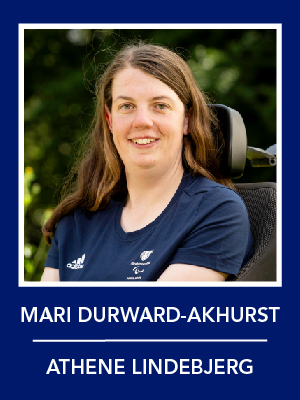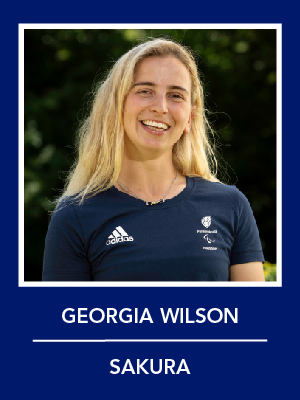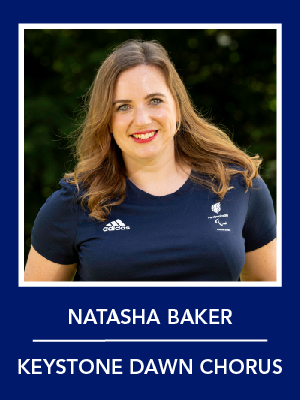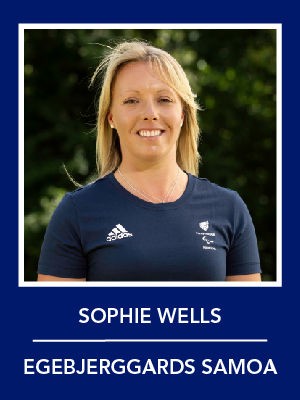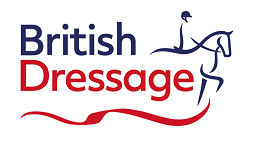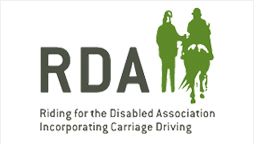Paris 2024: Para Equestrian
Para dressage, known at the Paralympic Games as para equestrian, sees athletes classified into five grades, depending on their levels of mobility, strength and coordination. Grade 1 tests are ridden in walk, grade 2 and 3 include walk and trot, and grade 4 and 5 are comprised of walk, trot and canter.
To assist them during their tests, riders may use additional aids such as looped reins or callers, and nations can enlist 'friend' horses to stand just outside the arena to help the competing horse stay relaxed. There are five judges marking each test, spread at different points around the arena.
In Paris, the para equestrian competition will run through the second week of the Games period. A total of 78 athlete/horse combinations will take part, with 60 combinations from 15 nations contesting the team competition. There are 33 medals awarded for the team, individual and freestyle competitions across five grades.
Who will represent Great Britain?
Four combinations have selected to represent ParalympicsGB in Paris. Click on their headshots to find out more about them.
They will all contest the individual and aim to qualify for the freestyle medals in their respective grades, and three will also compete for team honours.
Key dates
- Individual tests and medal ceremonies – 3–4 September
- Team tests and medal ceremony – 6 September
- Freestyle tests and medal ceremonies – 7 September
Competition format
INDIVIDUAL TEST (FEI PARA GRAND PRIX A)
First up is the competition for individual medals, known as the FEI Para Grand Prix A. Athletes in each grade perform a set routine of movements, which are marked out of 10. Additional marks are given for the general impression of the test, which includes harmony, skill of the athlete and their accuracy. Scores are given as a percentage, with the combination with the highest percentage in each grade receiving the gold medal.
The top eight combinations in each grade will qualify for the freestyle test.
TEAM TEST (FEI PARA GRAND PRIX B)
Teams are made up three athletes, at least one of which must be in grades one, two or three. No more than two athletes within a team may be the same grade. Each combination rides the set test for their grade, which is scored as per the individual test – no scores are carried over from the previous test.
The scores of all three team members are combined to produce a team total, and the nation with the highest total takes gold.
FREESTYLE TEST (FEI PARA GRAND PRIX)
Eight combinations from each grade compete for medals by riding their own choreographed floorplan, set to music of their choice. No scores are carried over from the individual test, which acts as the qualifier. Scores are awarded as per the two previous tests, but with additional marks for artistic merit, which includes rhythm, harmony, riding skills, choreography and interpretation of the music. The winner is the combination with the highest percentage score.
Want to see the movements the riders will be doing? You can view all the tests they ride on the FEI website.
